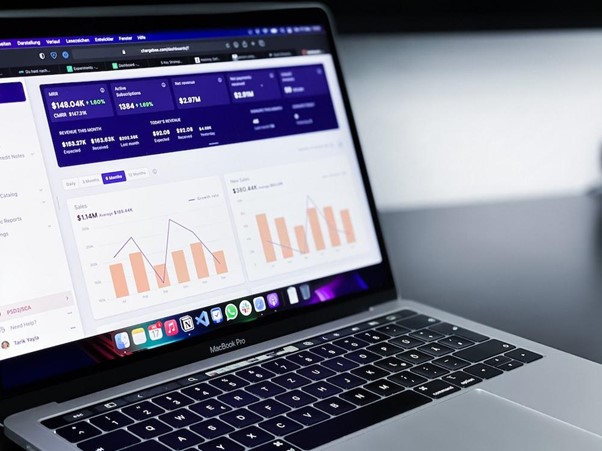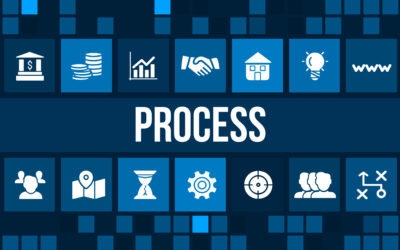
With the current economy, startup owners are looking for ways to decrease expenses and make the most out of their resources, and fractional business services are a great way to do just that. It seems everyone is hopping on the consultancy bandwagon, with contract workers comprising 15% of all workers as of 2019.
These experienced professionals provide small businesses with expert services as needed, allowing them to get the help they need without having to invest in full-time staff or pay for expensive consultants.
In this blog post, we’ll discuss what fractional executive solutions are and how you can leverage them for maximum benefit. Keep reading to better understand how fractional services can help your startup succeed for a fraction of the cost!
What Are Fractional Business Services?
Just as they sound, these services involve hiring professionals for a “fraction” of the time and cost of a full-time employee, and they are becoming the increasingly popular solution for startups.
These part-time solutions are a type of outsourcing that provides access to specialized expertise and resources on an as-needed basis. Types of fractional executive services typically include:
- Recruiting
- Strategy and planning
- Marketing
- Operations consulting
- Corporate finance advisory services
- Technology implementation
By accessing these executive-on-your-shoulder services rather than full-time personnel or contractors, businesses can save time and money while still taking advantage of the skills they need to reach their objectives.
Benefits of Leveraging Fractional Business Services
As you can expect, there are many benefits small companies can gain by accessing these part-time executive services, some of which are:
- Reduced overhead costs. By outsourcing certain services, you can reduce overhead costs incurred when hiring and training in-house staff, allowing you to focus on the core components of your startup.
- Improved efficiency. Fractional services are often faster and more efficient than traditional solutions because they specialize in a particular area of expertise and can provide tailored solutions quickly.
- Access to specialized skillsets. You don’t need to employ a full-time worker or sign a long-term contract with an agency to get the necessary technical skill sets. With fractional business services, you can access these skills as needed on a short-term basis.

How to Use Fractional Business Services for Maximum Benefit
There are several ways owners can maximize the advantages of these part-time executive services, and we’ll explain each in more detail.
-
Develop a strategy
A crucial part of leveraging fractional services is having a clear plan. It’s important to consider what specific tasks can be outsourced and decide which roles need to be filled with in-house personnel. You’ll also have to decide if any processes or systems need to be implemented for the project to succeed.
-
Focus on ROI
Fractional services are an investment, so it’s essential to ensure you get your money’s worth from them. Analyze how much time and resources would have been required if you had hired full-time staff to fulfill the same role. Then, evaluate your ROI by comparing your spending on fractional services versus what you would have spent with a full-time employee.
-
Set clear goals
Before jumping into a partnership with a fractional service provider, ensure you’ve set clear goals for the project and that both parties agree about them. Doing this will ensure that everyone is on the same page from day one, making it easier to track progress and hold yourself accountable for the success or failure of the project.
-
Leverage technology
It is essential to leverage technology to get the most out of your fractional services. Whether using an online platform or a software-as-a-service (SaaS) model, ensure that your solutions are integrated with your existing systems and processes. This will allow for more efficient communication between all parties involved in the project and provide better visibility into progress.
-
Take advantage of expertise
When selecting fractional business services, take advantage of their specialized knowledge and experience. Look for professionals who have industry knowledge so they can quickly understand your needs and help guide decisions for maximum ROI on any projects or initiatives.
-
Communicate regularly
Communication is vital when working with these services, so ensure all stakeholders agree about timelines, expectations, and deliverables from both sides of the equation. Establishing clear channels for communication early on will save time and frustration down the line.
Managing the Costs of Utilizing Fractional Business Services
If you decide to go the fractional route for your enterprise, you will need to manage its costs. After all, you want to ensure that your investment in this service will pay off. You can use several strategies and tactics to ensure you get the most out of your fractional business services without breaking your budget.
- First and foremost, understand precisely what kind of services a particular provider offers, how much they cost for each specific task or project, and whether they offer any discounts or incentives. Knowing this upfront information allows you to craft a more precise budget for utilizing these services.
- Once you know what fractional executive services cost, you must factor in other associated expenses, such as training or onboarding costs for employees using the services. Also, consider if additional fees may apply when regularly utilizing certain providers.
- Finally, consider leveraging technology to reduce costs while taking advantage of fractional business services. Automating specific processes or tasks through technology can improve efficiency and reduce costs. For instance, if you’re using a fractional CFO to help manage your finances, consider investing in software such as QuickBooks or Xero to automate some accounting tasks.
You can also consult with professionals specializing in fractional services to discuss how technology can streamline processes and increase efficiency. Don’t be afraid of other technologies like cloud-based platforms or artificial intelligence tools that will help you with your bottom line.
Exploring the Benefits and Opportunities of Fractional Business Services
When running a small business, many options for leveraging fractional business services are available. Not only can these services help make operations smoother and more efficient, but they can also save you thousands of dollars and hours of work. You can focus on what matters most in growing your business by taking advantage of these knowledgeable part-time experts.
ProsperSpark is an excellent option if you’re looking for a Fractional Business Analyst that will help get the job done quickly and accurately. With our know-how, you can save thousands of dollars and hours on full-time employees and gain immediate access to a wide range of skills and talents at a portion of the cost.
So if you’re looking for a reliable way to keep your business running smoothly, look no further than ProsperSpark. With our help, you’ll have the time and money to focus on growing your business instead of worrying about tedious tasks. Contact us today and start leveraging fractional services for maximum benefit!








